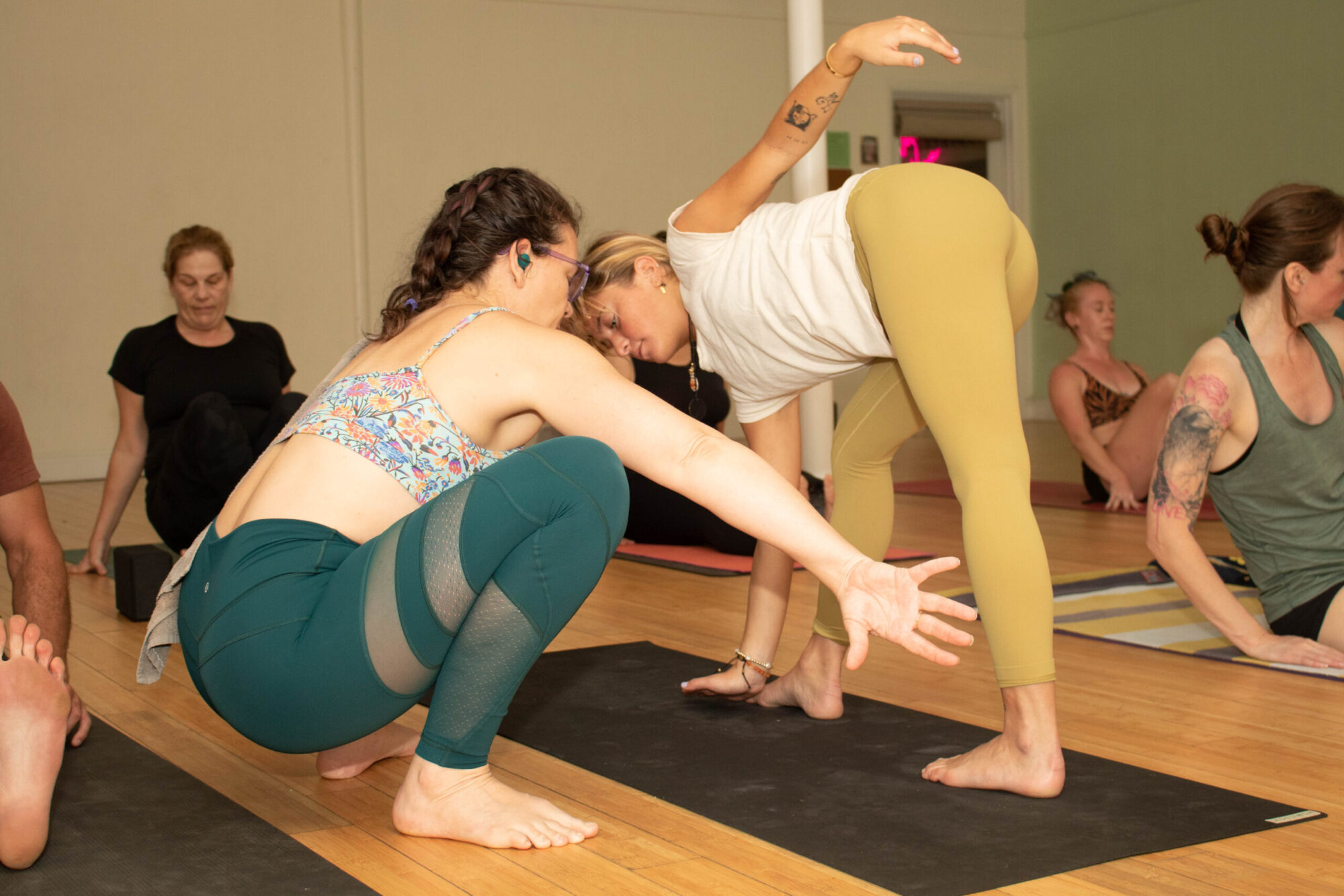व्याधि स्त्यान संशय प्रमादाअलस्याविरति भ्रान्तिदर्शनालब्धभूमिकत्वानवस्थितत्वानि चित्तविक्षेपाः ते अन्तरायाः ॥३०॥
vyādhi styāna saṁśaya pramāda-ālasya-avirati bhrāntidarśana-alabdha-bhūmikatva-anavasthitatvāni citta-vikṣepāḥ te antarāyāḥ ॥30॥
- Disease
- Dullness
- Doubt
- Carelessness
- Laziness
- Sensuality
- False Perception
- Failure to reach firm ground
- Slipping from the ground gained
According to Patañjali’s Yoga Sūtras these are the obstacles we will encounter along the path of Self-realization, toward liberation and peace.
Well, that’s encouraging, right?
To me, it is. I find this sūtra to be one of my favorites. Not only is it long and challengingly fun to chant, but it also validates all of the seemingly ‘bad’ feelings us humans have on this journey of yoga.
So, good new is, if you’ve ever felt any of these along your spiritual journey, you’re not alone! We all encounter these obstacles.
And these obstacles are extremely valuable. This is how we learn and grow, by confronting obstacles and continuing in spite of them.
For many of us, we encounter these obstacles regularly, and some years seem to be more obstacle-ridden than others. 2018 was a challenging year for me. I definitely observed these obstacles presenting themselves in my daily life, practice, study and relationships. From self-doubt, external judgement, ridicule, injury, grief, and loss, I definitely felt my overall resilience tested over and over again as I know many others do daily.
It is validating to know that we are not alone when these obstacles come up, countless others before us have experienced all of the same challenges in their own way. And yes, we grow and learn from continuing in spite of the obstacles But, how we choose to continue when obstacles present themselves matters greatly.
The actions you choose in these challenging moments plant seeds within your heart and mind and those seeds will eventually grow and bear fruit if they are nurtured.
If the choice is defensiveness, deflection, blaming and judging others, then seeds of these actions will plant in your mind and imprint on our hearts. And, over time will start to bear it’s own fruit, arising as increased suffering and chaos in our lives.
However, if we choose ahiṃsā (non-harming), satya (truthfulness) and aparigraha (non-grasping/non-greed), then seeds of peace, surrender and acceptance will be planted in our hearts and minds and will open up the pathway for us to study our own actions and adapt, grow and change ourselves!
So, when obstacles come up in your life, return to your yoga practice as a means to help you stay disciplined enough not to feed the energy/drama of the obstacle (Tapas), study your own reactions, your own heart and see what YOU can change within you (Svādhyāya), and then, connect to something greater than you (Iśvarapraṇidhāna) and continue in spite of the obstacles.
Tapas, Svādhyāya and Iśvarapraṇidhāna are the three components of kriyā yoga laid out at the beginning of book II in Patañjali’s Yoga Sūtras. Stay tuned for an upcoming post on kriyā yoga and why it comes first in the Sādhana Pāda, before the eight auxiliaries of Patañjali’s Aṣṭāṅga Yoga, coming soon!

* About Jessica
You Might Also Enjoy:
- Uḍḍīyana bandha: What it is and how to Use it
- Mūla What?! Insights into mūla bandha
- Ashtanga, Pregnancy and That First Year
- Truth Matters
- Always Looking, Never Seeing
- Returning to the Mat
- Yoga Doesn’t Really Mean Union
- Three Gifts
- What Does It Really Mean To Practice Non-Attachment
- Ashtanga Opening Mantra
- Yoga To Sleep Better At Night
- Some Truth About Ashtanga Yoga
- Yoga Brings Out The Worst In Me
- Catvāri cringe
- Into The Shadows – the elusive search for happiness in Ashtanga Yoga
- …and in all earnestness
- Ashtanga Yoga and the Ego
- Guru Gratitude
- 5 Ways to Find Joy, Even When You’ve Got The Grumps
- The Grateful Game
- Yoga And The Quest To Know It All
- Standing Up From Backbending – How I Overcame My Fears
- Keeping Guruji With You When You Practice
- The Heart of Ashtanga Yoga: The Tristhana Method
- Ashtanga Yoga is a Breath Practice. Seriously, It REALLY Is
- The Seven Words that Changed My Practice
